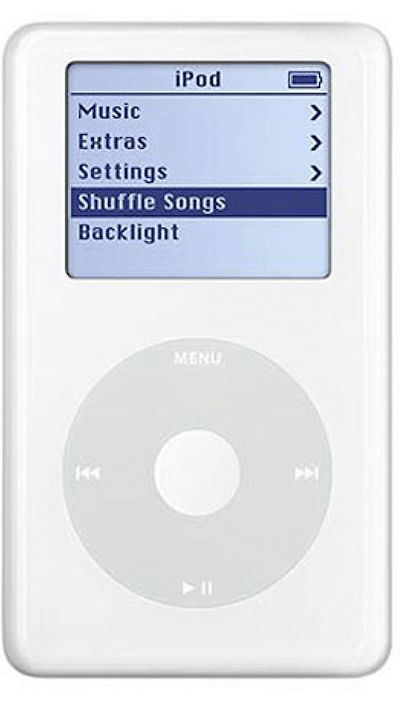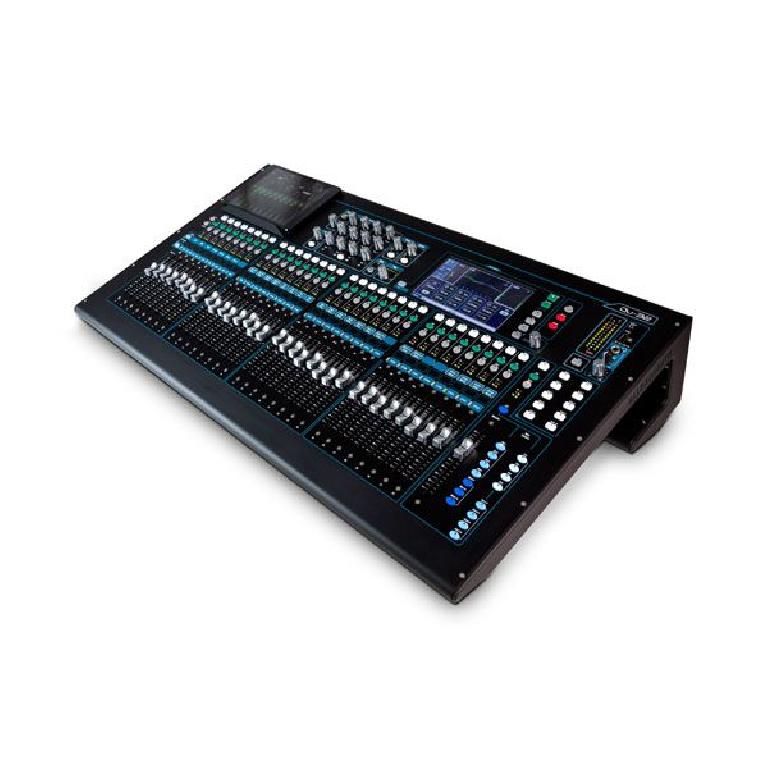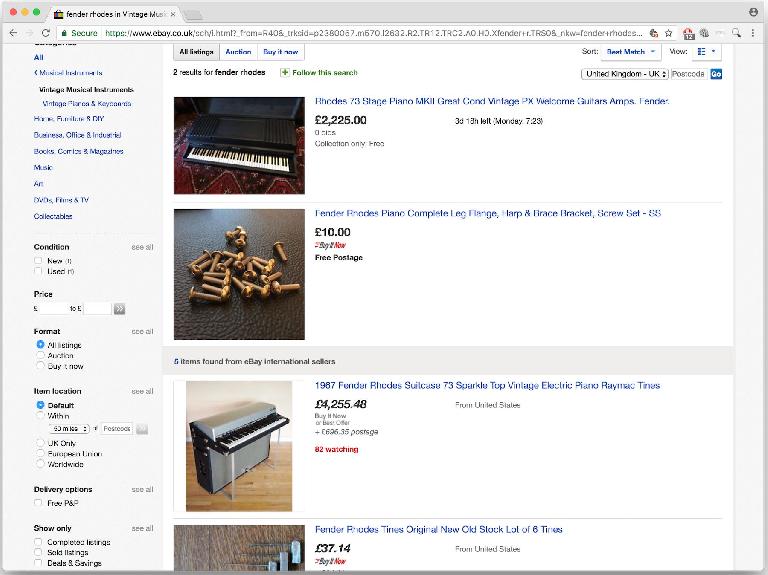1. Don’t Act on Impulse
This might sound obvious, but a lot of people get it wrong. You’re in a store and you see a piece of kit that sounds cool. It’s quite expensive but it’s new to you and you think buying it right now is a great idea. While being excited by new gear is great, it’s better to go away and think about it. Do you really need it? Are you likely to use it a couple of times and then put it in a drawer, never to be seen again? This is less important if the item is cheap but it’s a big deal if it’s expensive. If you can honestly answer yes to the first question, then go ahead. But if not, go away and reflect. The thing will still be there next week if you decide it is the right move.
2. Do You Need the Full-Fat Version?
A lot of music gear comes in different versions, from the ultra portable two-channel interface to the all-singing, all-dancing Thunderbolt-equipped mega-box. Deciding which one to get is a balancing act: you may need more capacity in future, but realistically how much? Nobody can say for sure what the future holds but you can make an educated guess as regards your own setup. If you’re never likely to be recording a 35-piece orchestra, an interface with 30 or 40 ins and outs is probably overkill.
3. Second Hand Value
If you’re wavering about whether to buy something or not, have a think about what its second hand value is likely to be – you can do this by quickly checking eBay. (Of course you might be buying off eBay as well). Some types of gear seem to hold their value very well, others not so much. If the thing you’re considering getting does hold its value, it’s a safer proposition to get it in the knowledge that if you do change your mind or end up not using it, you can sell it on without losing too much money.
4. Is it About to be Replaced?

The nature of all technology is that things get updated as time goes on. It’s amazing how many people get caught out buying, say, a laptop right before the new models are released, typically at the same price but with better features. In the age of the internet it’s easy to research a product’s life cycle. And while it’s true that some manufacturers still like to spring surprises, many will actually trail new products in advance of their release.
5. Try Before you Buy
Clearly this is much easier with software, which often comes with a demo period for you to try out. You’re not likely to be able to borrow hardware but you can certainly go into a store and try it out for yourself. Sometimes, a product won’t be quite what you had imagined when experienced in the flesh. And other times it will be better than you had hoped! But the important thing is to check it out before parting with your cash.




 © 2024 Ask.Audio
A NonLinear Educating Company
© 2024 Ask.Audio
A NonLinear Educating Company
Discussion
Want to join the discussion?
Create an account or login to get started!